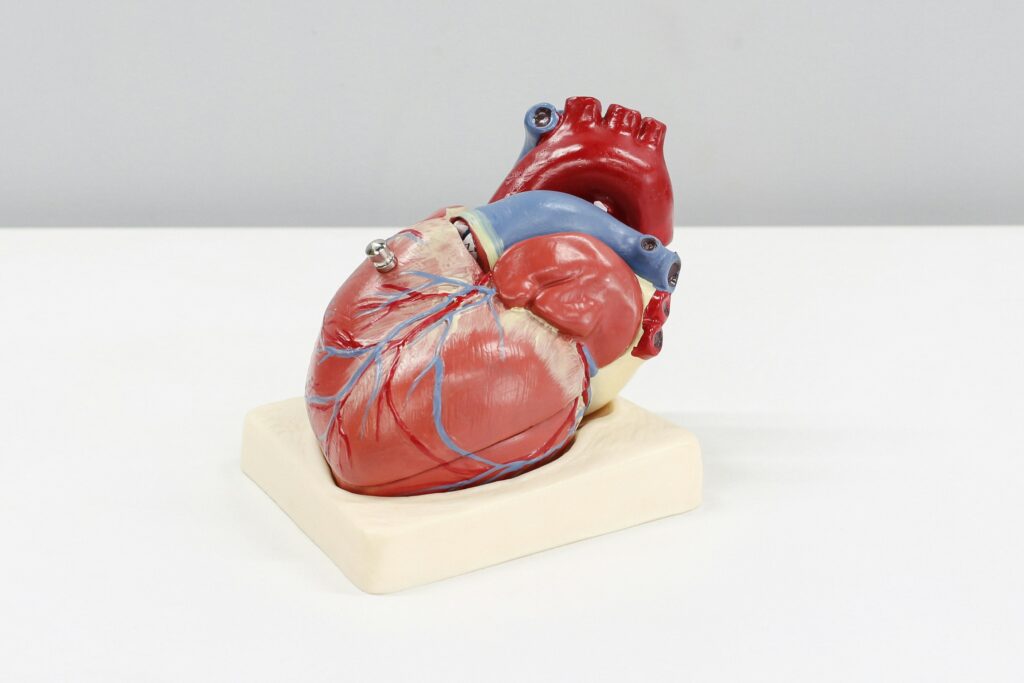Is Vaping Bad for Heart Rhythm Conditions?

Learn how a pacemaker affects daily life, including activities, travel, and health considerations. Understand the dos and don’ts for living with a pacemaker.
Living with a Pacemaker: A Guide to Activities, Restrictions, and Everyday Life

Learn how a pacemaker affects daily life, including activities, travel, and health considerations. Understand the dos and don’ts for living with a pacemaker.
Pioneering a New Dual Energy Treatment for Ablation

Discover how Dr Lyne successfully used dual energy ablation – combining radiofrequency and pulsed field energy – to treat a complex case of ventricular tachycardia.
Athletes and ECGs: Understanding the Role of Heart Monitoring for Peak Performance and Health

Learn why athletes should get ECGs to monitor heart health, prevent issues, and detect risks early. Stay safe, perform better, and know when to see a cardiologist.
Can stress cause an arrhythmia?

Stress-related arrhythmia and palpitations can catch us by surprise. Find out about that pounding, racing, fluttering, or skipping feeling and how it may be related to stress.
Groundbreaking Trial for Beacon Hospital
Beacon Hospital and Jonathan Lyne have engaged in groundbreaking research to optimise heart failure treatment.
What are the types of cardiac ablation? Which one do I need?

Learn about the types of cardiac ablation, including surgical and non-surgical options. Find out which ablation is right for you and how Dr. Lyne can help.
The complete guide to cardiac ablation recovery

Heart ablation is a safe, effective treatment for heart problems, but it comes with recovery time. Read the complete guide to cardiac ablation recovery here.
How serious is an irregular heartbeat?

A flutter in the chest is a common phenomenon, but how serious is an irregular heartbeat? Is arrhythmia dangerous? Find out what to look out for right here.
New advice for treating atrial fibrillation

A major international report offers fresh recommendations for treating AFib – Dr Lyne helped review new Guidelines.